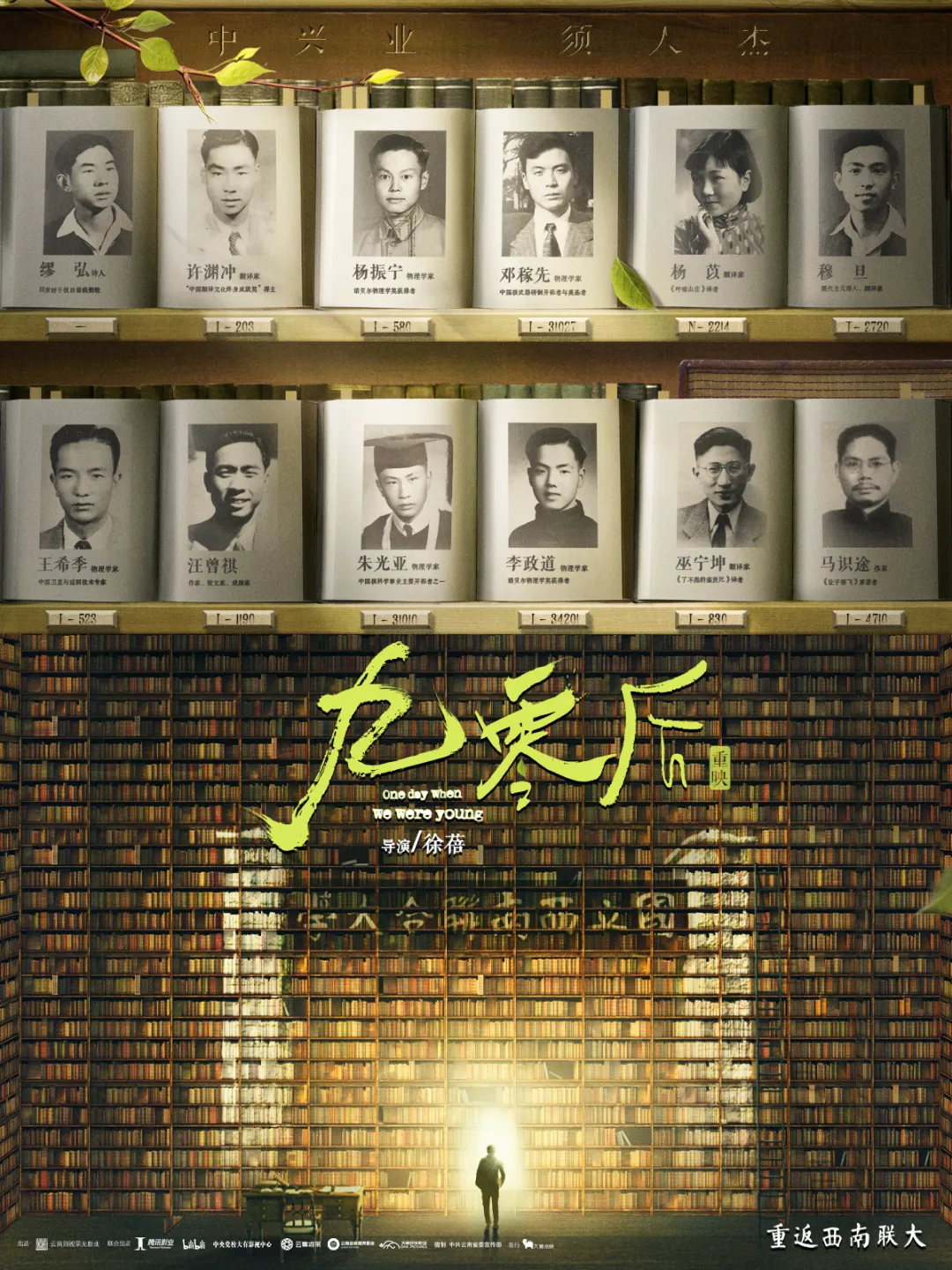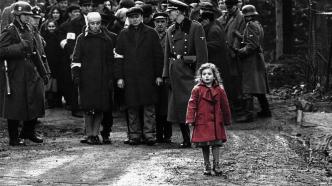
Editor's note: This is a nostalgic theater.
This year marks the 30th anniversary of the official release of "Schindler's List". The film ranks 6th on IMDB's popular list and 10th on Douban. Its reputation in both the East and the West proves its maturity and excellence. Over the past 30 years, a large number of audiences have been infected and moved by watching the film.
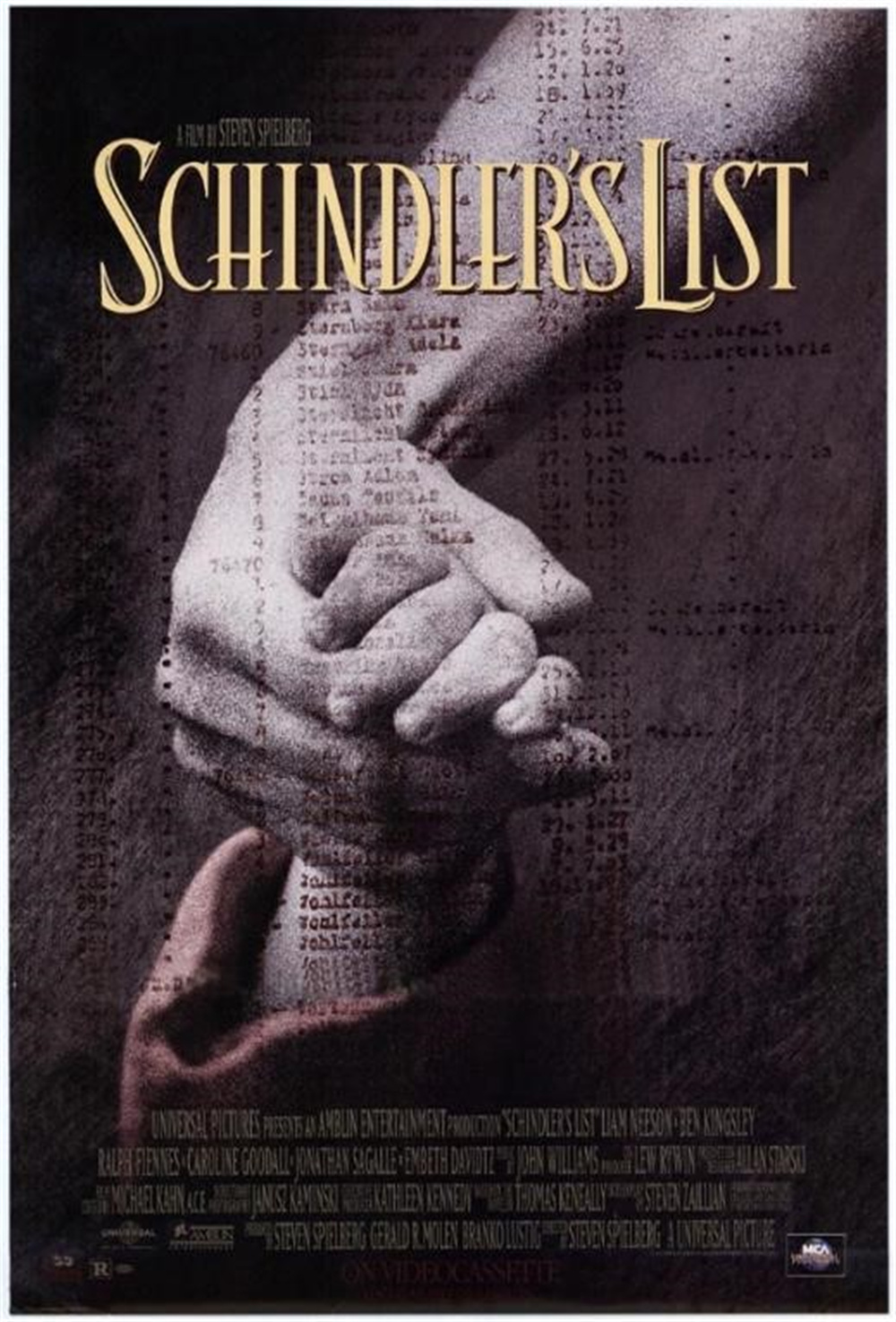
"Schindler's List" poster
When the American film director Spielberg wanted to put this history of the Holocaust of Jews during World War II on the screen 30 years ago, almost everyone was surprised. On the one hand, Spielberg is a well-known "commercial film director" in the film industry. Although his historical-themed films such as "The Color Purple" and "Empire of the Sun" have also been praised artistically, he is more The works that the audience is familiar with are commercial films such as "Jaws" and "ET", as well as "Jurassic Park" which achieved epoch-making success in special effects technology. Is he suitable for such a heavy theme style? This is a huge question.
On the other hand, Spielberg's own Jewish background and the extremely heavy weight of this history also make the film difficult for any creator.
Against this background, Spielberg's answer is a perfect balance between commercial popularity and artistic expression. The entire film mainly uses black and white images and lasts for more than 3 hours. It not only reproduces all the shocking details of that tragic history, but also affects the audience and brings deep thought to everyone. It also achieves the level of almost irreproachable art. high.
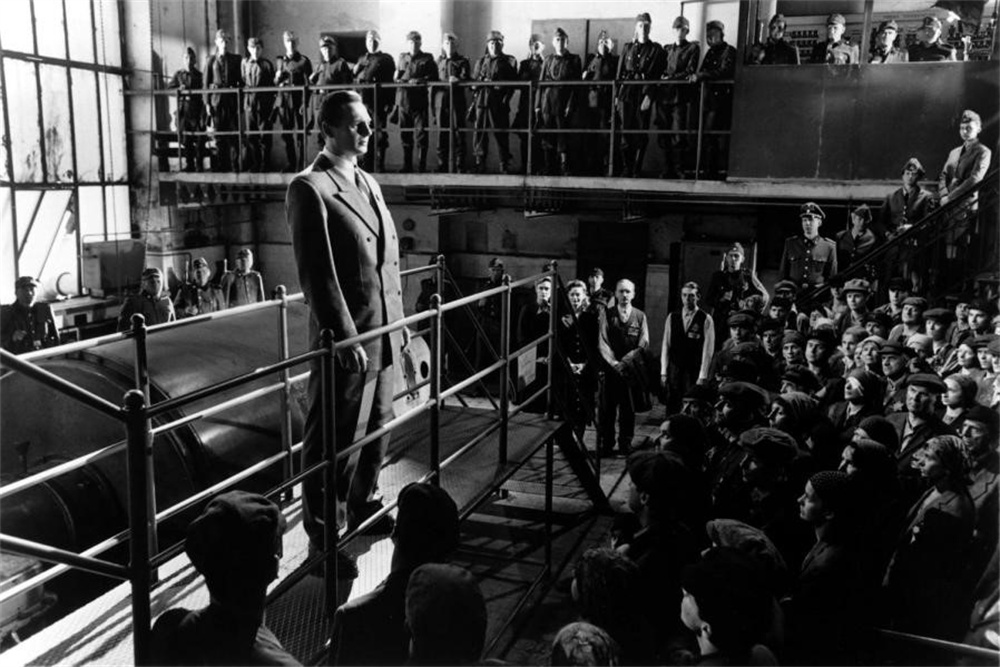
This is a masterful film. It may even remain the benchmark peak of film art for hundreds of years to come.
"Schindler's List" describes a real-life German businessman named Oskar Schindler. During World War II, he produced daily necessities for Nazi Germany and made a fortune during the war. At the same time, he lost all his money. He used the money to save the Nazis. 1,100 Jewish lives. This slightly legendary and contradictory story makes people want to know who he is. How did it all become so bizarre but real step by step?
From a biopic perspective, "Schindler's List" adopts a rather fashionable "American genre film" approach to its protagonist. He is similar to Tony Stark in "Iron Man". He is an American pioneer with enterprising spirit, radical behavior and ambition. At the same time, he is quite fond of women and is very familiar with bribery and bribery of officials. He can be said to be the type of person who has an indifferent moral outlook and always goes his own way.
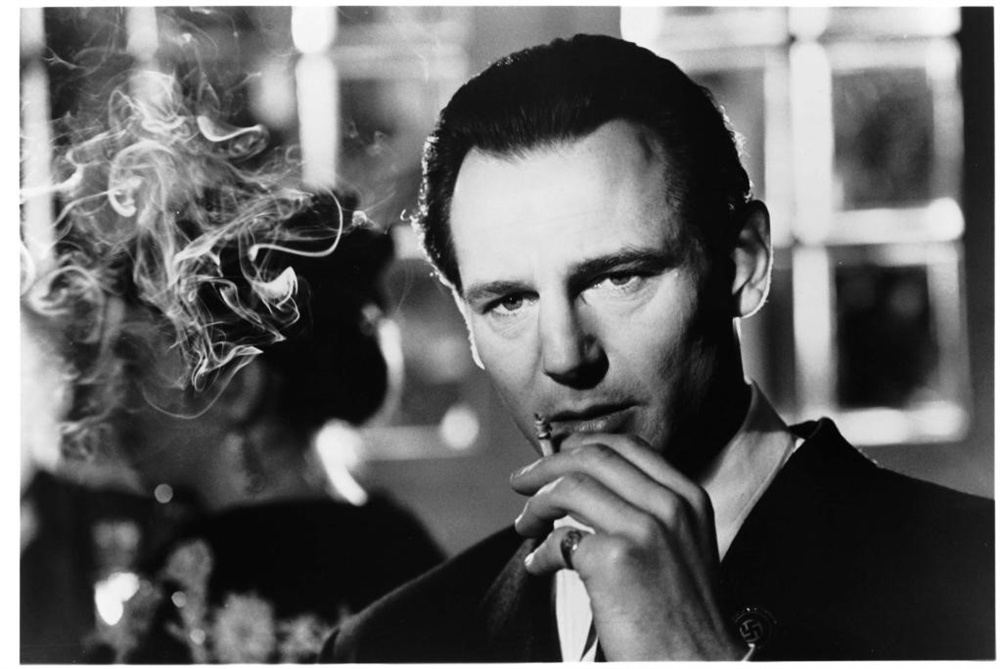
The mottled black and white light and shadow, and the rising smoke all hint at this man's complicated heart. He is not a person who can be seen through at a glance. This kind of artistic technique that is not easy to detect, but is extremely expressive, exists everywhere in the film.
In the very beautiful opening ten minutes of the film, through the changes before and after a restaurant scene, the audience can understand Schindler's method of "making a fortune". He used money and beautiful women to impress the German officers, and at the same time used his warm and heroic personality to quickly rise from obscurity to fame. This is a highly condensed "play". In just ten minutes, it is enough to show Schindler's business style, character, conduct and path to success in the real world for more than ten years in front of the audience.
In the first hour of the film, such a character, as the German Nazis intensified their persecution of the Jews, also smelled business opportunities at the edge of the knife. He obtained the funds of Jewish wealthy people at semi-coercive prices and squeezed the labor of Jewish workers, quickly achieving commercial success.
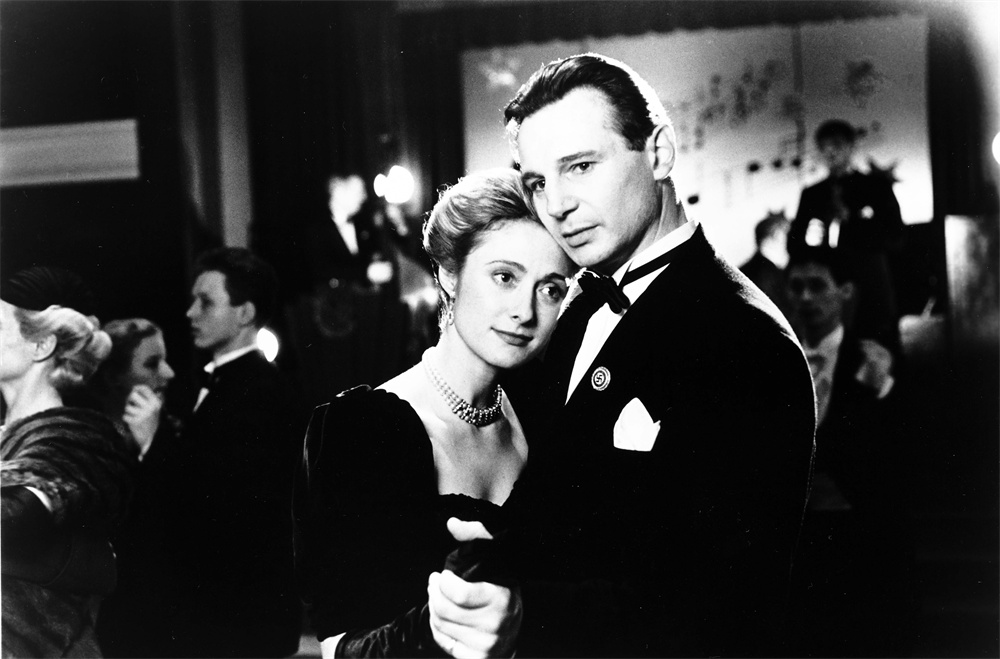
In some plot passages that seem to have nothing to do with the theme, such as Schindler's relationship with his first wife, you can see that the film has a "Citizen Kane"-like way of dealing with "American Giant". The success and failure of their entire lives sometimes depend on a single thought of good or evil.
But like the trend of all American genre films, a morally flawed bastard will experience some events that shock him, resulting in a huge change in his personality, and eventually he becomes the hero at the end of the film.
At the beginning of the second hour, a little girl in red, who looked so eye-catching in the black and white film, caught Schindler's attention and attracted the attention of all viewers. The disappearance of such a beautiful and pitiful life made everyone's hearts tighten. Through the artistic contrast of colors, this plot becomes so infectious that the effect on the audience is indescribable. If the whole film only introduces one paragraph, there is no doubt that it is the disappearance of the heartbreaking little girl in red.

This is a strong, artistic passage that expresses the theme. It is an epitome of the balance between art and popularity in the entire film.
Schindler was transformed. From an unscrupulous businessman who only cares about money, he has become a humanitarian with lofty goals and decisive actions. From accumulating wealth shamelessly to spending money to desperately save the lives of one Jew after another, he is still so ambitious and full of action. It’s just that the ideals and realm of life are completely different.
Through the strong emotional contrast of paragraphs such as the typed list, the film shows a surging humanitarian passion that can move all viewers. It uses artistic techniques to illustrate a famous saying quoted in the film: "Even if you only save one person, you are saving." Down the whole world.”

The friendship between Schindler and the accountant is also a touching part of the film. In important scenes such as printing the list, this character remains inconspicuous, enriching Schindler's character image.
At the end of the film, when World War II ended and Schindler was thanked by all the Jews he saved and presented a ring to express respect, he lost the desperate passion when saving people and seemed to suddenly collapse mentally. The same thing happened, muttering to himself, "I could have saved more people, ten, two, no, even one more." This unexpected change in performance also moved all the audience.
They should be celebrating, right? The war is over and they are all alive.
But life cannot be a comedy. This is still a huge tragedy, and it hints at the huge problem that the humanitarian spirit faces in the real world: we cannot save everyone, we only save some by chance. While it was a blessing that survivors were rescued, more innocent lives were maliciously wiped out. For humanitarianism, the light that can be ignited is as small as a candlelight, and the dark world around us still makes people shudder.

Candlelight is a metaphor that appears several times in the film. The title of the film is in it.
It is better to have light than darkness. However, this light is not bright enough.
Why is the darkness so vast?
After the genocide of at least six million Jews in World War II, a large amount of philosophical, sociological, and historical thinking in the West tried to answer this question.
Why does this happen?
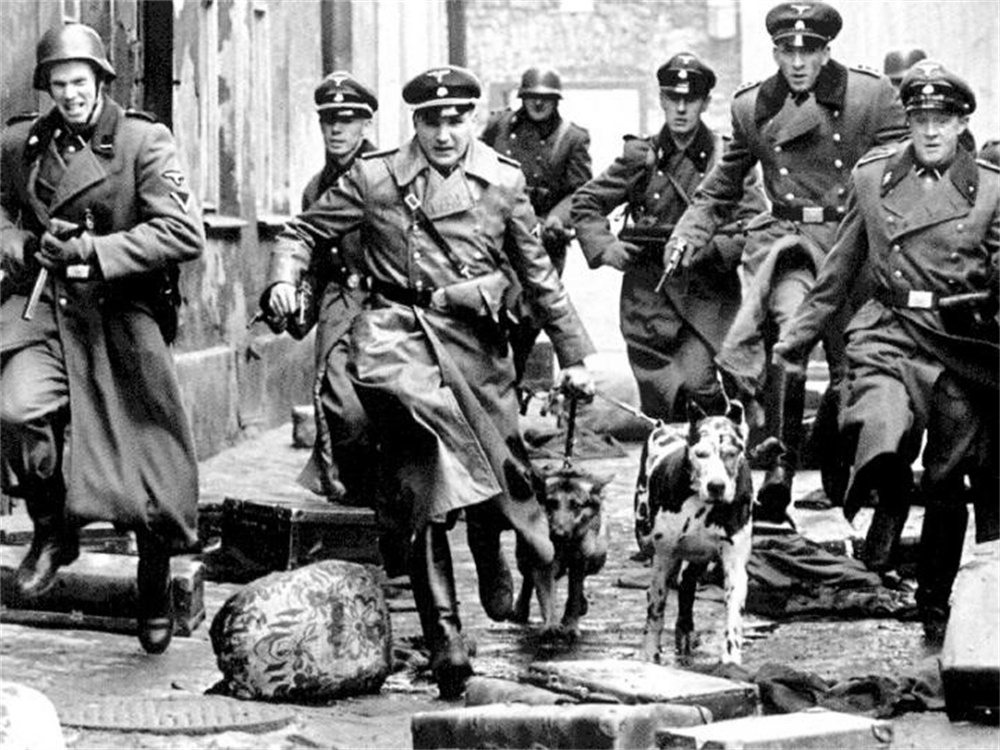
Regarding the executioner, the image of the German soldier in the film is rich and three-dimensional, with the quality of the devil in the American film "Hannibal".
In addition to the legendary experience of the protagonist Schindler, another story clue in "Schindler's List" is to use a large number of Jewish group portraits and the character creation of the German executioner officer Amon to answer how this period of history happened.
The audience can see something like "boiling a frog in warm water", in which the Jews step by step changed from normal social citizens to persecuted refugees, and finally became lambs waiting to be slaughtered. A line mentioned several times by a character in the film is "We should be lucky that it didn't get worse." But in fact, there is always "worse" waiting for them. In this process, the German Nazi government consciously controlled, managed, and oppressed the Jews. It not only gradually deprived them of the power to live a normal life, but also slowly eliminated their ability to resist collectively. Those who might have resisted were shot without hesitation at every turn. The rest are silent and trying to stay alive.

Survival is a matter of luck. This ubiquitous sense of terror always grips the hearts of the audience.
In a large number of unforgettable subplots, the audience can see at least twenty typical images of ordinary Jewish people. Many of them did not survive to the end. For example, a female architect insisted that the barracks must be demolished and rebuilt, otherwise they would collapse. She died simply because she dared to resist, but ironically her opinions were adopted by the German officers. Another Jewish priest who was also nearly shot by a German officer because he did not do enough work was "lucky" to survive because his gun misfired. The film uses the words of the characters to explain: There is no behavioral pattern to escape this kind of killing. No matter how you do it, there is any reason to be killed. Living can only be a matter of "luck".

The desperate little boy in the cesspool is as unforgettable an image as the little girl in red.
Even more heartbreaking is the fate of so many vulnerable women and children. The little girl in red died, and her body was dug up and burned a few months later. This became the last straw for Schindler's spiritual transformation. But the smart and alert little boy jumped into the pit and shivered. He had nowhere to hide and could only look up in despair. He "luckily" survived to the end, giving the audience some hope. In a scene where women were sent to the Auschwitz concentration camp by mistake, they were collectively pushed into the bathroom. They shivered in despair. When they discovered that what was sprayed from the pipe was not poisonous gas but really water, it was a kind of despair. The relief at the end made people almost collapse physically and mentally.

There are some shocking nudity scenes in the film. The shocking thing is that by exposing the body, people are no longer human, but have completely become naked cattle and sheep. This is the complete loss of dignity.
These scenes are a representation of the history of the Holocaust, and they are also the story details that enrich the film's creation. In each scene, Director Spielberg uses many expression techniques that are not easily noticed to make the audience feel the ubiquitous terror and humiliation that the Jews have suffered.
In this way, "Schindler's List" uses various means of film art to recreate this historical environment in front of the audience through superb dramatic organization and actor expressiveness.
Sometimes sad, sometimes scary, sometimes desperate, sometimes sentimental. "Schindler's List" does almost everything a great film can do.
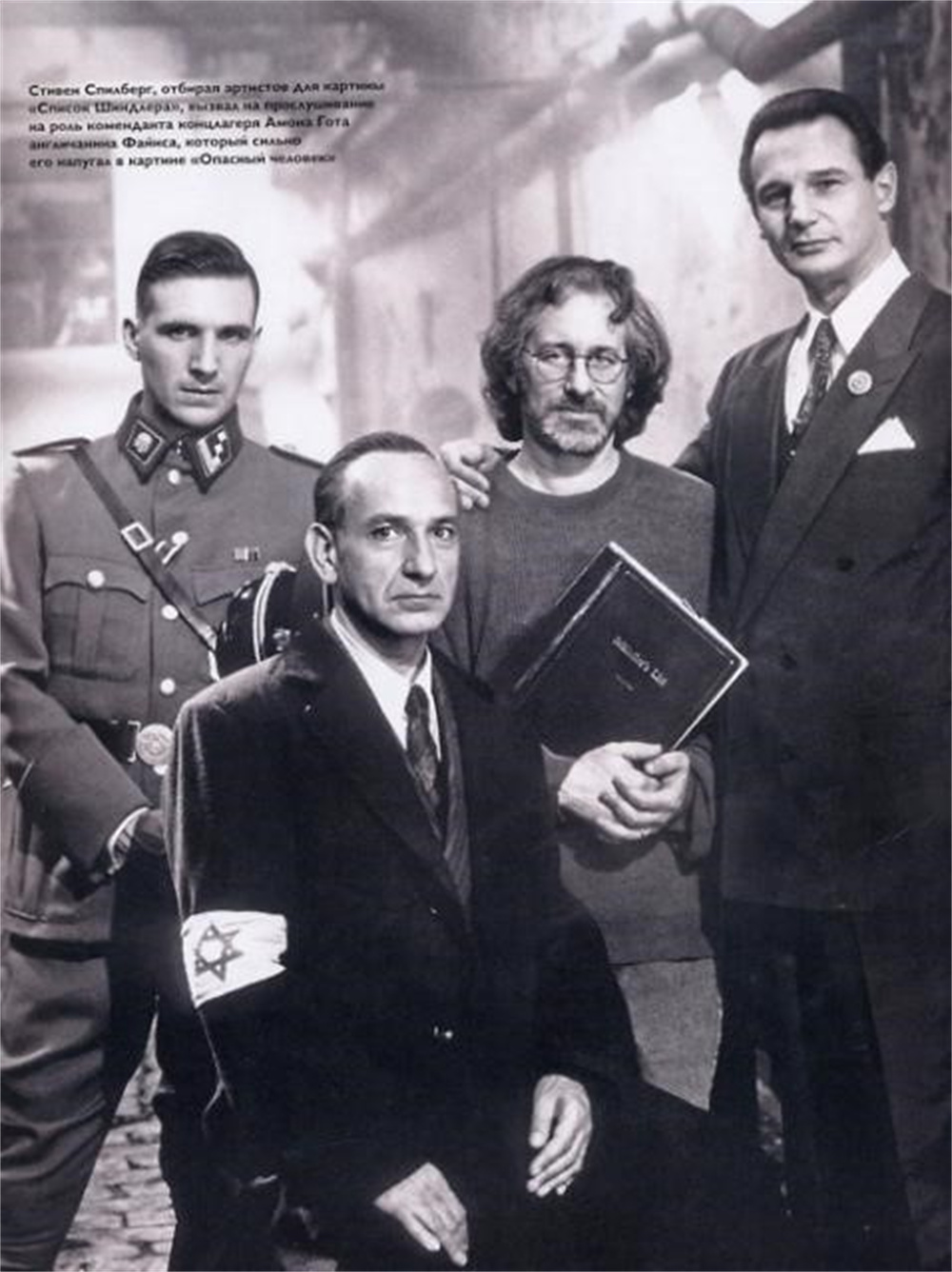
A promotional photo of director Spielberg and the three main actors in the film.
Thirty years later, when a new generation of viewers watch this film, the history in the film should not just be interpreted as "the history of what happened to the Jewish nation during World War II." In a broad sense, this history is the common history of mankind, and it is a history that everyone should remember, understand and think about.
They are not German Nazi officers, German businessmen, Jewish women and children, but massacres who have lost their humanity, humanitarians who insist on their humanity, and women and children who should be protected.
"Schindler's List" is not, and should not be, used to express hatred towards a specific nation, even the perpetrators in the film - the German nation. To regard the theme of the film as national hatred is to answer the wrong question. As human beings, some things have long transcended national boundaries. We are all members of the same human society and should work together to prevent similar tragedies from happening again.
If you truly understand Schindler's List, everyone should put down their guns.
Geo-ethnic conflicts have complex backgrounds and historical reasons. Both sides have their own reasons, but they should try to exercise restraint. The bottom line is that all actions that harm non-combatants should be condemned and curbed. We must do our best to protect ordinary people affected by the unprovoked war, especially women and children on both sides.
This is the basic position held by the Ministry of Foreign Affairs of my country. Please realize how precious it is.
Humanitarianism is not the final solution to the problem, but it is a light that should always exist.


